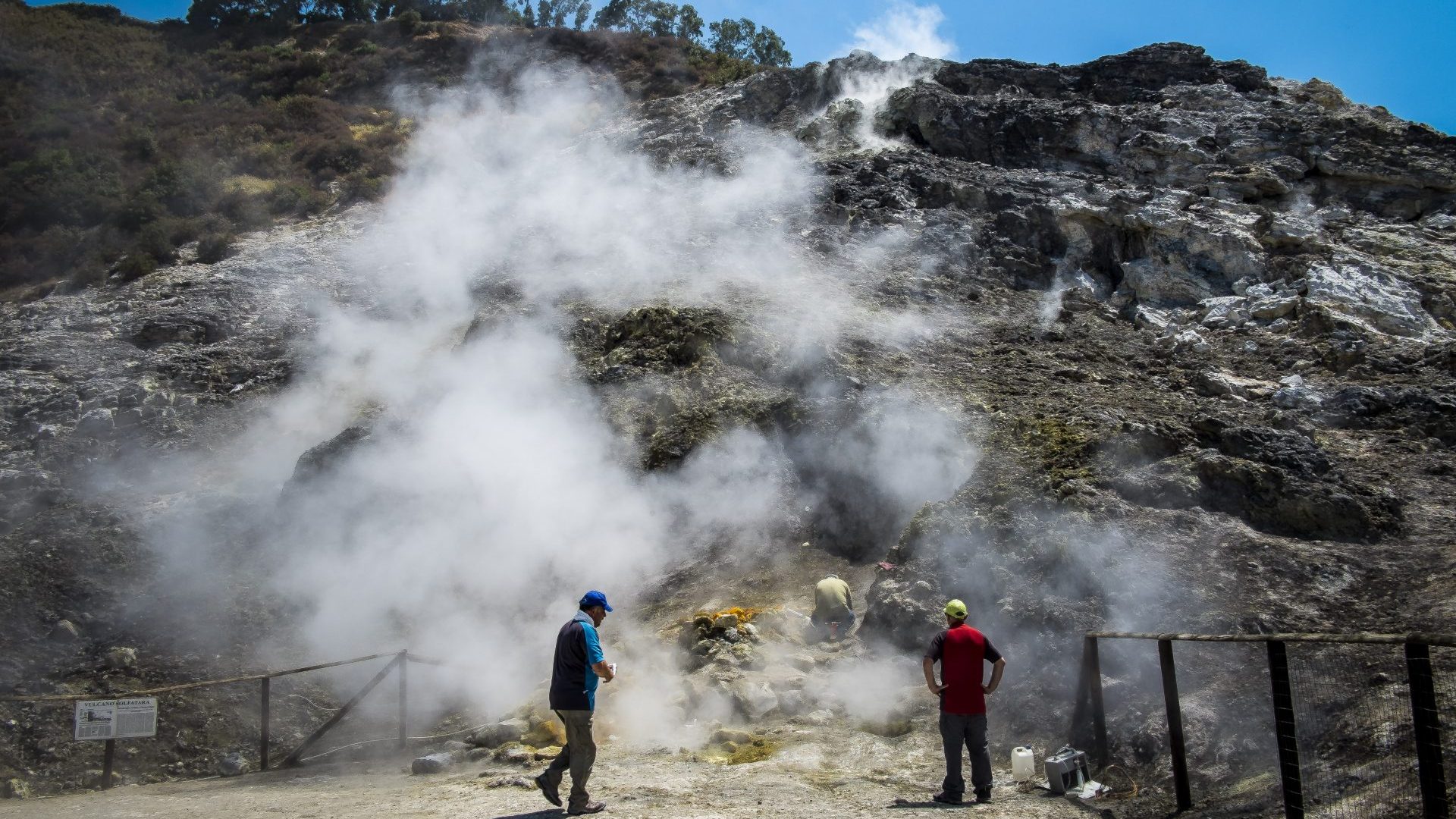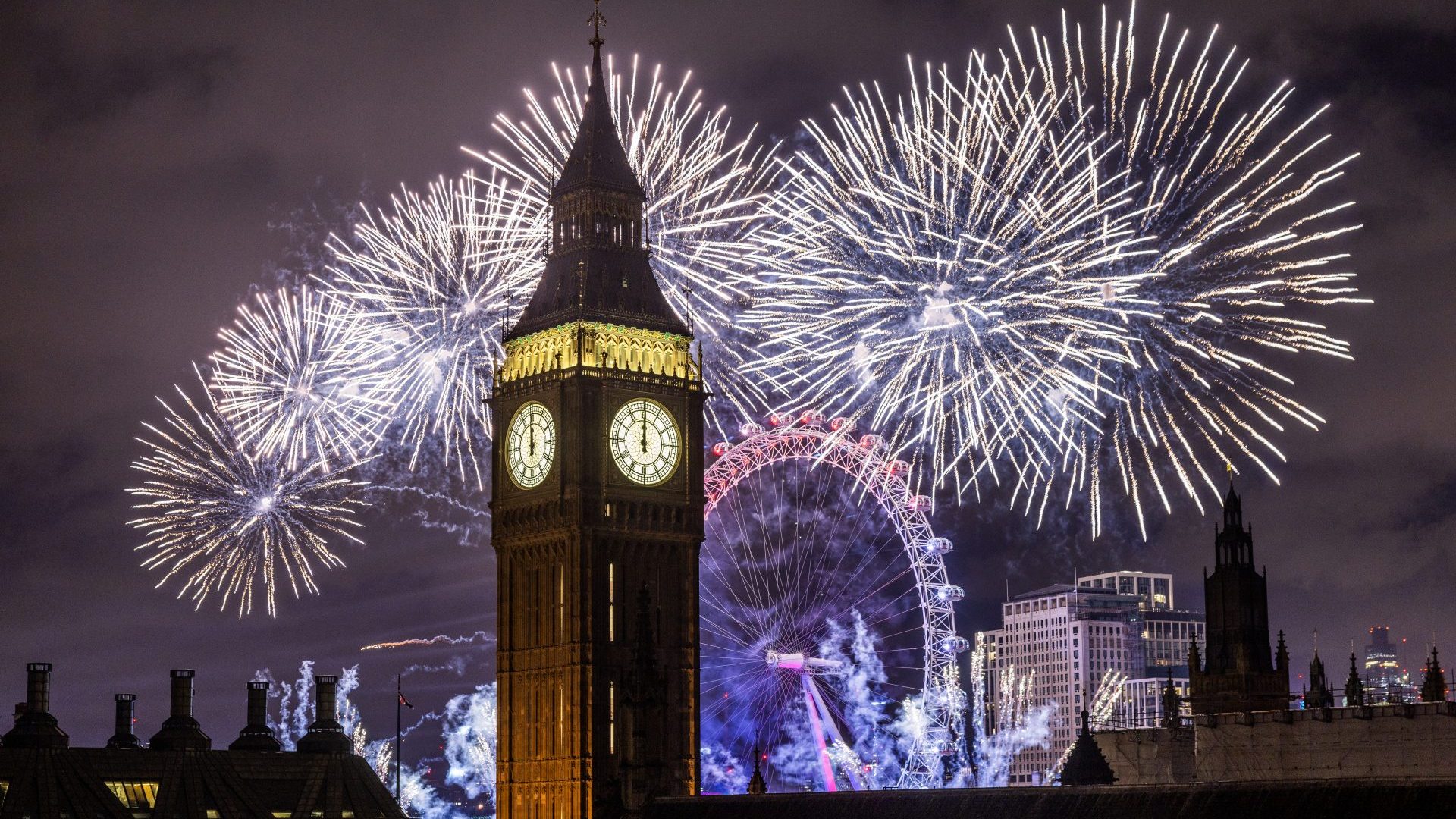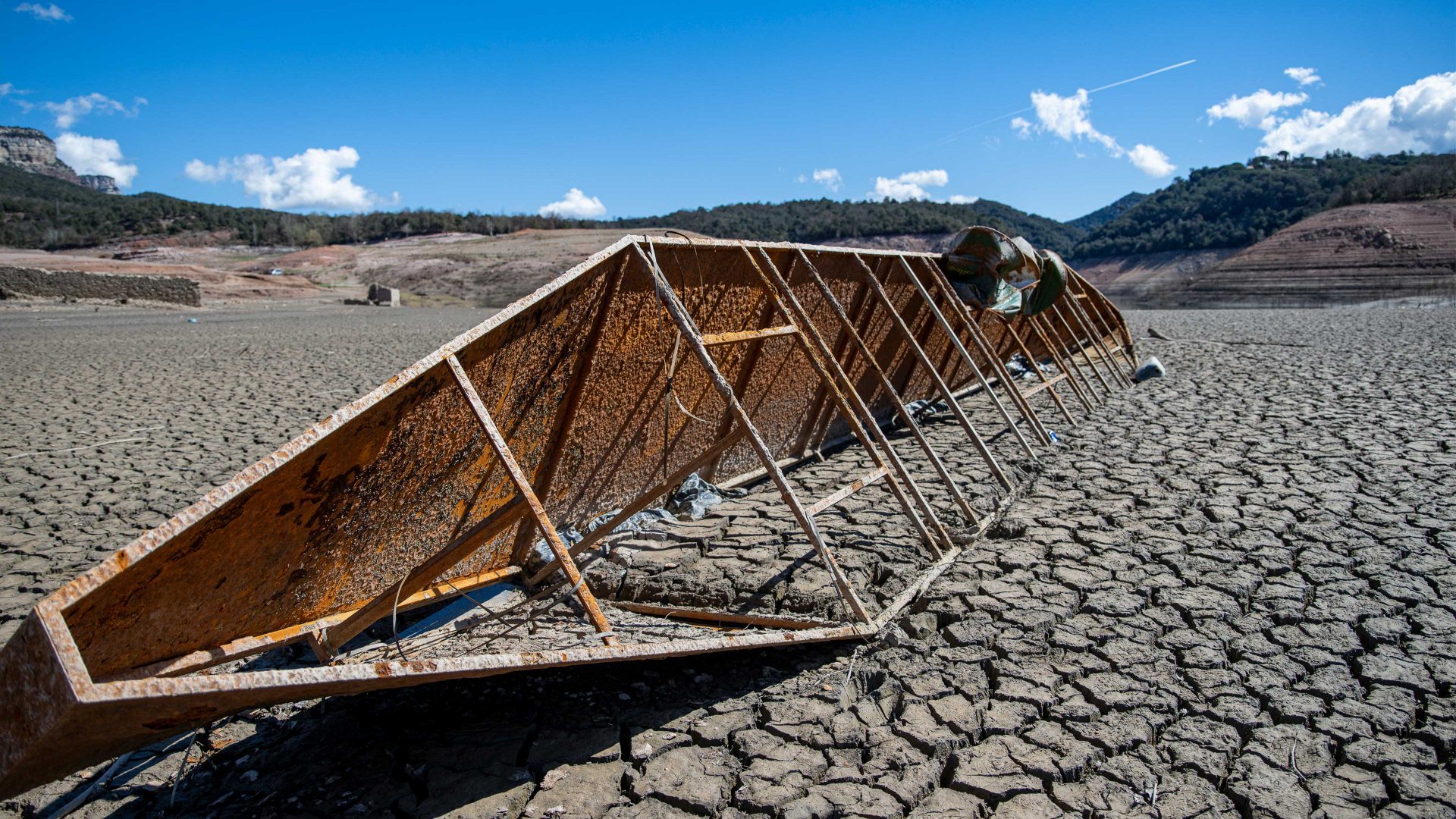When it comes to volcanoes in Italy, Etna, Stromboli and Vesuvius tend to be the three on top of everyone’s list. There is a fourth, however, which lies on the western side of Naples opposite the stratovolcano that obliterated Pompeii all those years ago; the Phlegraean Fields (I Campi Flegrei in Italian).
Stretching out at around seven miles by nine from the outskirts of Naples into the sea, the Phlegraean Fields, which Silvia Marchetti has previously described, has 24 craters, most of which lie underwater. There are a fair few differences compared with Vesuvius. For starters, it lacks a typical conical shape, and is a caldera – the remnant of an exploded volcano. Second, it’s not nearly as tall. The highest point is 458 metres (1,500ft), compared with Vesuvius’s 1,281m (4,206ft). Third, it’s a supervolcano, whereas Vesuvius is not.
And here lies the problem at hand in Italy’s Campania region; in early October, a quake reaching 4.2 on the Richter scale shook the towns on the Phlegraean Peninsula as well as Bagnoli, the seaside quarter of Naples. A total of 553 tremors were registered that month alone, and they were the largest felt in 40 years. While no damage, death or injury happened, this understandably struck fear into the half a million residents that live in the caldera’s red zone, predominantly in the towns of Pozzuoli, Bacoli, Monte di Procida and Quarto.
If the caldera were to explode after a 500-year hiatus (the last eruption was in 1538), Italy would be on its knees. Some scientists even predict it may bring about a mini ice age. The power of I Campi Flegrei should come as no surprise; after all, its eruption around 30,000 years ago is said to have contributed to the extinction of the Neanderthals. What makes it worse is that nowadays a combined total of approximately 1.3 million people live in the area, with 800,000 in the yellow zone and half a million in the red. If I were one of those 1.3 million, I would be running for the hills – the non-volcanic ones.
But that’s certainly not the case for everyone. Anna Peluso, a 47-year-old, lives in Pozzuoli, one of the towns in the red zone. Born and bred in the area, Anna is married, with two teenage children – they will not be leaving the town any time soon.
“The Campi Flegrei is a wonderful place because they are shaped by volcanic activity which has created inlets and they also have the sea. It’s always interesting,” she said.
“My home and community are here and I cannot even imagine thinking of living in another place. I have spent all my life here and I’m sure anyone would feel the same way if their hometown was under threat. I’m proud to be from here.”
The current alert level for an eruption is yellow. That’s according to the Vesuvian Observatory (sorveglianza dell’Osservatorio Vesuviano), the official observation body for seismic activity in both the caldera and Vesuvius. Yellow is the second-highest warning after red. The matter is so serious that the government has passed an urgent measure known as the bradyseism law, named after the activity happening in the Campi Flegrei that raises and lowers the earth’s surface. Now, €52.2m (£45m) has been allocated for protecting public buildings and an emergency evacuation plan.
Yet, with all this in mind, residents such as Anna have decided to stay.
“The inhabitants of the Campi Flegrei are not affected by the presence of the volcano and therefore carry out their activities regularly without any hassle,” she said. “I do think in most cases too the media tends to report news in an alarmist manner.”
Her remarks were echoed by Pozzuoli’s mayor, Gigi Manzoni. He wrote on social media that any sense of alarm was misplaced, and that “there is no danger in the case of seismic events”.
Nevertheless, while Anna wants to remain in Pozzuoli, she does recognise the dangers.
“I constantly check the monitoring of the Vesuvian Observatory,” she says. “I love my town, because it’s rich in history and charm. But I must not forget, I live on a volcano. I feel as though recently I’m always looking over my shoulder.”




